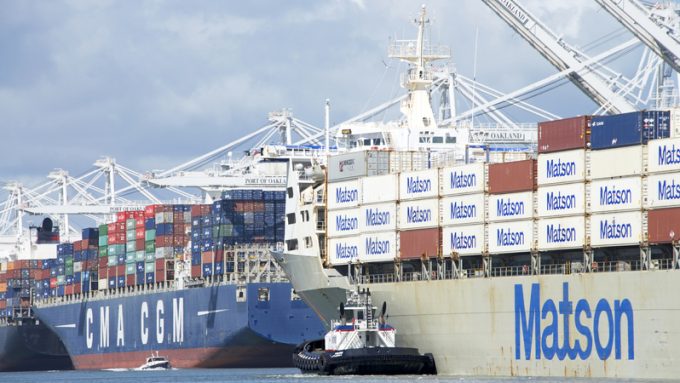USTR fees will lead to 'complete destabilisation' of container shipping alliances
The USTR fees for China-built shipping threaten a “complete destabilisation” of the ocean alliances, as ...

Soaring airfreight rates have left some commodities on the ground, but expedited ocean services offer an alternative.
To offer a faster maritime link across the Pacific, less-than-container load (LCL) consolidator ECU Worldwide launched an LCL express service between Shanghai and Los Angeles towards the end of last month.
Its Xlerate offering uses Matson Navigation for a 10-day transit between the two ports and ECU claims this is the fastest port-to-port time on the route.
The traffic is unloaded in Los Angeles at the ...
Asia-USEC shippers to lose 42% capacity in a surge of blanked sailings
USTR fees will lead to 'complete destabilisation' of container shipping alliances
New USTR port fees threaten shipping and global supply chains, says Cosco
Outlook for container shipping 'more uncertain now than at the onset of Covid'
Transpac container service closures mount
DHL Express suspends non-de minimis B2C parcels to US consumers
Zim ordered to pay Samsung $3.7m for 'wrongful' D&D charges
Flexport lawsuit an 'undifferentiated mass of gibberish', claims Freightmate

Comment on this article